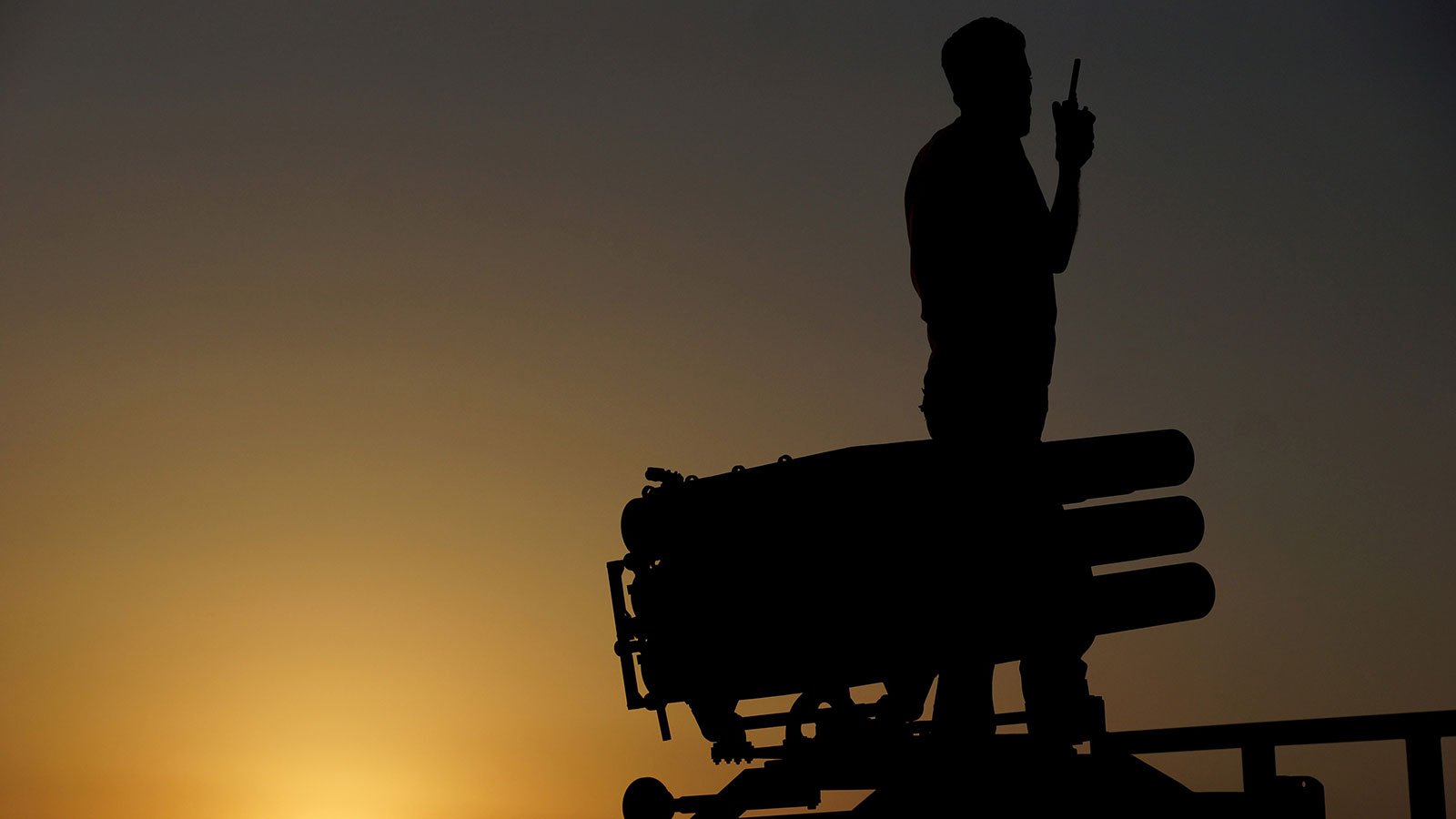According to the latest report published by the Stockholm International Peace Research Institute (SIPRI), countries around the world are spending ever more money on weapons. Diplomacy, it seems, is in retreat.
Global defense spending has gone up for the first time since 2011. According to the World Military Expenditure Report published by the Stockholm International Peace Research Institute (SIPRI), countries around the world spent a total of $1.68 trillion (1.56 trillion euros) on arms in 2016. That is 0.4 percent more than in 2015.
Leading military powers – USA, China and Russia – increased spending more than other countries. Some countries with traditionally large military budgets, such as Saudi Arabia, decreased spending, though they did so not out of political conviction, but rather due to economic problems stemming from the falling price of oil.
The spending increase confirms a growing trend, as political scientist Marius Bales of the Bonn International Center for Conversion (BICC) told DW. “Today, unlike a decade ago, actors are not relying on diplomacy and international institutions. Instead, individual countries are investing in arms to protect themselves.”
Increasing military importance
Russia’s annexation of Crimea, tensions in the South China Sea, wars in the Middle East: all of these situations are feeding the fear that armed conflicts will continue to spread, says Bales. At the same time, he says that there is a lack of confidence in the work being done by international organizations and institutions. This has led countries to fend for themselves. The importance of national armies has grown, and thus, so has defense spending.
That rule also applies to countries that already have massive military budgets. The USA, for instance, increased spending by 1.7 percent in 2016, bringing its total annual expenditures up to $611 billion; Russia increased spending by 5.9 percent ($69.2 billion); and China by 5.4 percent ($215 billion).
Crisis zone Middle East
The Middle East remains one of the world’s major crisis regions. The war in Syria has only worsened the situation. The war has also driven up spending for those countries involved in the conflict. “Our information suggests that in 2016, Russia spent some $464 million on its commitment in Syria,” says economist Nan Tian, one of the authors of the SIPRI report.
Saudi Arabia, however, decreased its military expenditures in 2016. Political scientist Bales told DW that after increasing its military spending from 9 percent of GDP to more than 13 percent in 2015, the kingdom’s spending decreased to around 10 percent of GDP in 2016. But he says that has less to do with political motivation than with falling oil prices – which have made it impossible for the royal family to maintain its accustomed level of military investment. “80 percent of Saudi Arabia’s income is derived from oil,” Nan Tian told DW. “So they have had to make budget cuts across the board.”
Numerous hot spots
All of that has done little to de-escalate the conflict between Saudi Arabia and its regional rival, the Islamic Republic of Iran, says BICC’s Marius Bales. Neither side sees much future in negotiations and have instead put their faith in military solutions.
But the constant tension in the region also serves to drive defense spending by other countries as well. “Every country in the Middle East, with the exception of Oman, is involved in some type of violent conflict,” says Bales. Falling oil prices have led to a decrease in terms of total dollar military expenditures: “but friction in the region has continued to lead to an overall military buildup.”
Tensions in Europe
Military expenditures have gone up in Europe as well. SIPRI researchers found that spending increased by 2.6 percent in 2016. Central European countries were most responsible for the uptick. “The increase in expenditures can be traced back to the fact that many Central European countries see Russia as a growing threat,” writes Siemon Wezeman, one of the authors of the study. “The fact that Russia spent just 27 percent of that which NATO countries did in 2016 has done little to change attitudes.”
Marius Bales says that there is little proof that increased defense spending will actually lead to greater stability. Adding that if Russia should feel threatened by increased European military expenditures, then the Europe might well find itself in a new East-West arms race.









